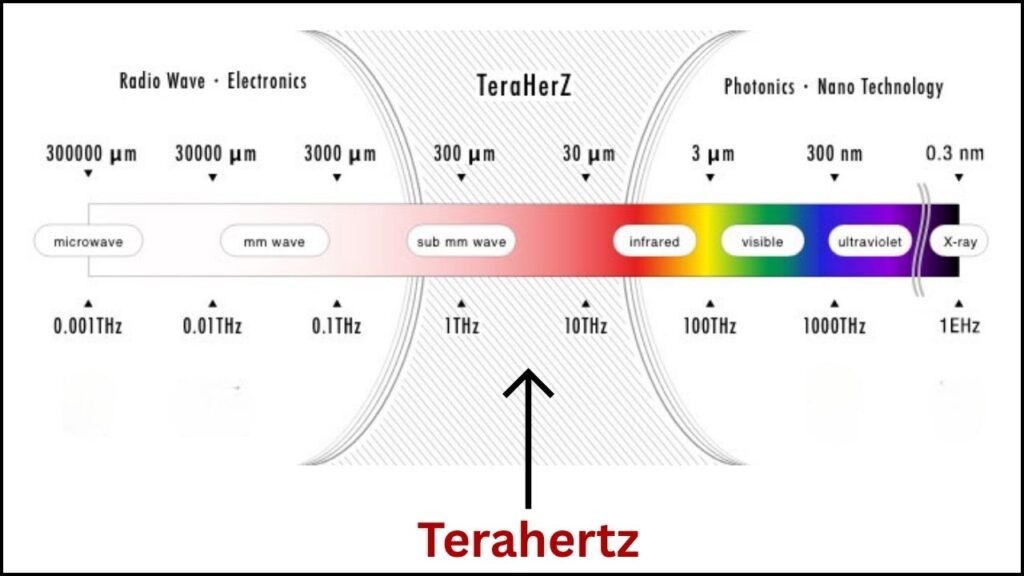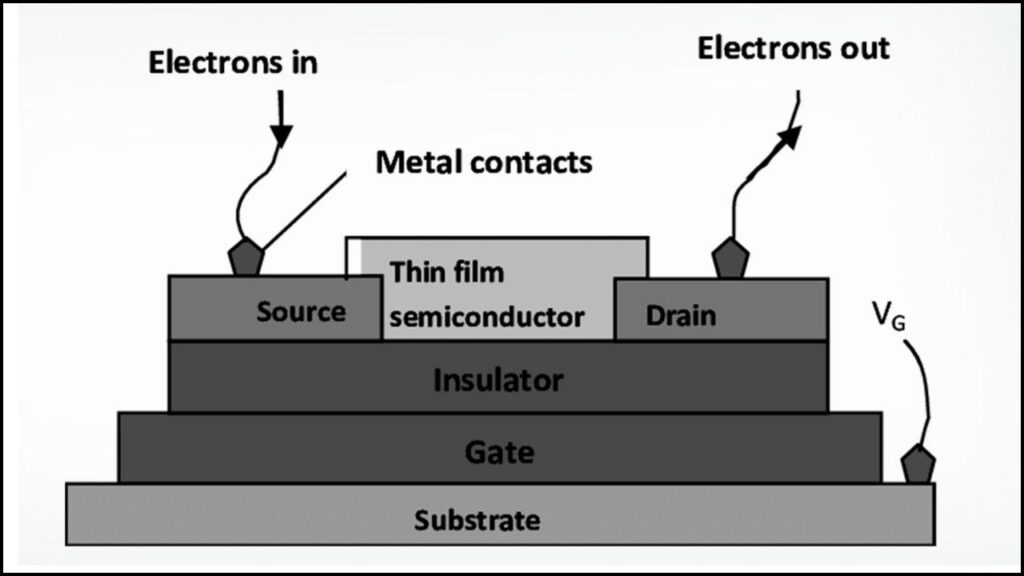In the fast-evolving world of technology, graphene continues to captivate scientists and engineers alike with its remarkable potential. The latest breakthrough, emerging from the National Graphene Institute at The University of Manchester, opens up exciting possibilities in terahertz (THz) technology — a field that promises faster wireless communication, more detailed medical imaging, and smarter security scanners. This breakthrough enables unprecedented real-time control over terahertz waves through programmable graphene-based surfaces, a giant leap forward that can transform technology as we know it.

Terahertz waves exist between microwave and infrared frequencies on the electromagnetic spectrum. They carry the potential for ultra-high-speed data transfer, non-invasive imaging, and advanced sensing — yet, controlling them has been notoriously difficult. The Manchester team has now showcased a method to dynamically manipulate these waves on a large scale, paving the way for supercharged wireless communication networks like future 6G, enhanced security, and novel industrial and medical applications.
Table of Contents
Graphene Breakthrough Could Supercharge Terahertz Tech
| Aspect | Details |
|---|---|
| Breakthrough | Programmable graphene-based surfaces control terahertz waves in real-time with over 300,000 pixels |
| Institution | National Graphene Institute, The University of Manchester |
| Applications | 6G wireless communication, security screening, medical imaging, industrial sensing |
| Technology Components | Active spatial light modulator, graphene optoelectronics, thin-film transistor arrays |
| Unique Features | Dynamic beam steering, wavefront shaping, grayscale holography, single-pixel terahertz imaging |
| Official Reference | University of Manchester National Graphene Institute |
The latest graphene breakthrough in terahertz technology is a game-changer that brings us closer to the future of ultra-fast wireless communications, detailed and safe imaging, and smart sensing devices. Through smart integration of graphene with thin-film transistors, researchers have created a scalable platform that dynamically controls terahertz waves in unprecedented ways.
This innovation not only sets the stage for practical 6G networks but also promises improvements across healthcare, security, and industry. Graphene’s remarkable properties continue to fuel advancements, and with growing global interest, we stand at the dawn of new technologies that will reshape everyday life.
What Is Terahertz Technology and Why Is It So Important?
Terahertz technology deals with electromagnetic waves in the frequency range of 0.1 to 10 terahertz, bridging the gap between microwaves and infrared light. What makes these waves particularly fascinating?

- High-data speeds: They support carrying large volumes of data very quickly, enabling wireless networks that far exceed current speeds.
- Imaging potential: Terahertz waves can penetrate materials such as clothing, plastic, and paper but are safe and non-ionizing, meaning they don’t damage tissues like X-rays can.
- Sensing capabilities: They detect chemical signatures and identify hidden objects, making them ideal for security and quality testing.
Despite these advantages, manipulating terahertz waves has been tricky due to their short wavelengths and the lack of suitable materials and devices. Enter graphene — the “wonder material” that can change this landscape.
How Graphene Revolutionizes Terahertz Control
Graphene is a single layer of carbon atoms laid out in a hexagonal lattice, just one atom thick. It’s incredibly strong, flexible, and an excellent conductor of electricity and heat. These properties allow graphene to interact with terahertz waves in unique ways.
The breakthrough from Manchester involves a device called an active spatial light modulator—a surface embedded with more than 300,000 tiny pixels, each smaller than the wavelength of the terahertz light it controls. These pixels manipulate the amplitude (strength) and phase (timing) of the terahertz waves. This is made possible by integrating graphene with thin-film transistor (TFT) arrays commonly used in displays.

This allows for:
- High-speed, programmable control over large areas: No longer limited to tiny lab samples, this device can actively steer and shape terahertz waves in real time.
- Advanced features: The device supports beam steering (aiming signal direction), grayscale holography (creating detailed 3D images), and single-pixel terahertz cameras that can image hidden objects.
Such precise control was impossible before and now opens doors to much faster 6G wireless networks, non-invasive medical imaging, and real-time industrial monitoring on a practical scale.
Real-World Examples: How This Breakthrough Could Touch Your Life
- Super-Fast 6G Networks: Imagine downloading entire movies or large data files in seconds, thanks to terahertz frequencies dynamically directed and shaped by graphene surfaces. This directly addresses the next generation of wireless communication beyond 5G.
- Enhanced Security Screening: Airports and public venues could use graphene-powered THz cameras to detect concealed metallic or non-metallic objects without harmful radiation, boosting safety and privacy.
- Medical Diagnostics: Non-invasive devices could scan skin tissues for cancers or monitor blood flow with greater detail than conventional methods — all at harmless energy levels.
- Industrial Quality Control: Factories can inspect the inside of products for defects without disassembly or damage, improving manufacturing efficiency and safety.
- Holography and Imaging: The ability to create grayscale holograms in the terahertz range may enable new kinds of 3-dimensional displays or imaging devices for scientific and industrial use.
How Does It Work? A Simple Breakdown
- Start with Graphene: A super-thin, highly conductive layer interacts with terahertz signals.
- Divide into Pixels: The graphene sheet is segmented into hundreds of thousands of tiny pixels smaller than the THz wavelength, allowing fine control.
- Thin-Film Transistor Arrays: These control systems, adapted from flexible display technology, adjust electrical signals pixel by pixel.
- Modulate the Waves: By controlling each pixel’s electric charge, the device alters the wave’s phase and amplitude.
- Shape the Wavefront: This control lets the system steer beams, project holograms, or scan objects with precision.
- Apply to Use Cases: The modulated THz waves enable faster communication, improved imaging, and advanced sensing in real-world applications.
Additional Advances: Graphene in Frequency Multiplication for Terahertz Chips
Further research has shown graphene’s ability to multiply frequencies—transforming lower gigahertz signals into terahertz waves. This is critical for building terahertz computer chips and ultra-fast electronic devices. The process relies on graphene’s nonlinear electronic properties, harnessing its unique electron flow to generate much higher frequencies efficiently.
Frequency multiplication promises communications devices that operate thousands of times faster than current silicon-based chips, contributing to the future of quantum computing and high-speed wireless tech.
Exploring Multifunctional Terahertz Devices
Combining graphene with other materials, such as vanadium oxide (VO2), enables devices that can switch absorption properties on demand—between ultra-wide broadband and narrowband.
These multifunctional devices can be used as sensors, switches, or modulators, opening additional technological horizons in terahertz research.
Scientists Uncover Hidden Magnetic Structures Under Graphene With Supercharged Scanning Tech
This Metal-Free Graphene Supercapacitor Generates 200 Volts — And It’s Paper Thin
Trilayer Graphene’s New Energy Effect: What It Is, Why It Matters, and Where It’s Headed
FAQs About Graphene Breakthrough Could Supercharge Terahertz Tech
Q1: What makes terahertz waves different from other signals?
A: Terahertz waves fill the spectrum gap between microwaves and infrared, offering high data speeds and non-invasive sensing without the dangers of X-rays.
Q2: Why is graphene the ideal material for this?
A: Its extreme thinness, electrical conductivity, and flexibility allow precise and rapid control of terahertz waves, unmatched by conventional materials.
Q3: How soon could we see graphene-driven terahertz devices in everyday use?
A: While lab breakthroughs are recent, commercial products using this tech could emerge in 5 to 10 years as manufacturing scalability improves.
Q4: Are terahertz waves safe for humans?
A: Yes, terahertz waves are non-ionizing and do not damage DNA, making them much safer than X-rays for medical and security imaging.
Q5: What industries benefit most from these advances?
A: Telecommunications, healthcare, security, manufacturing, and scientific research will see the biggest impacts.



















